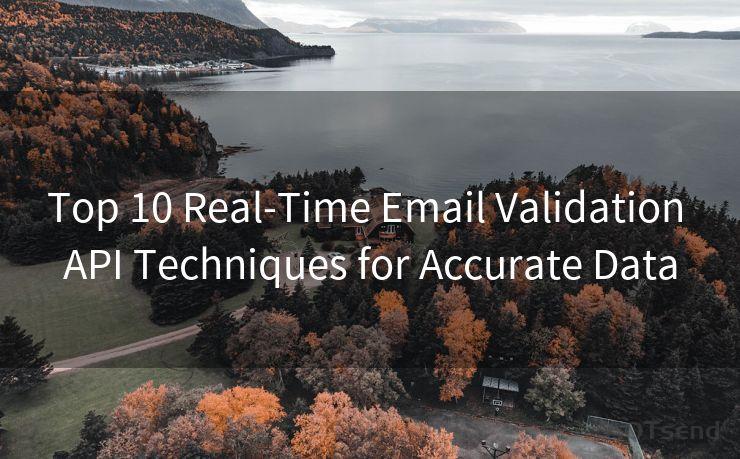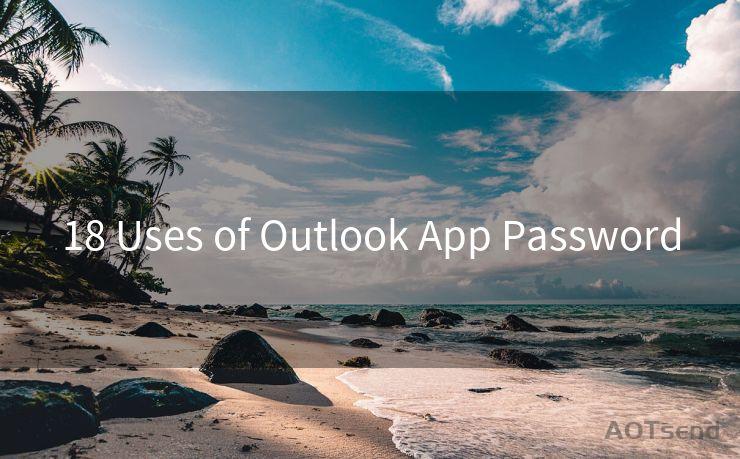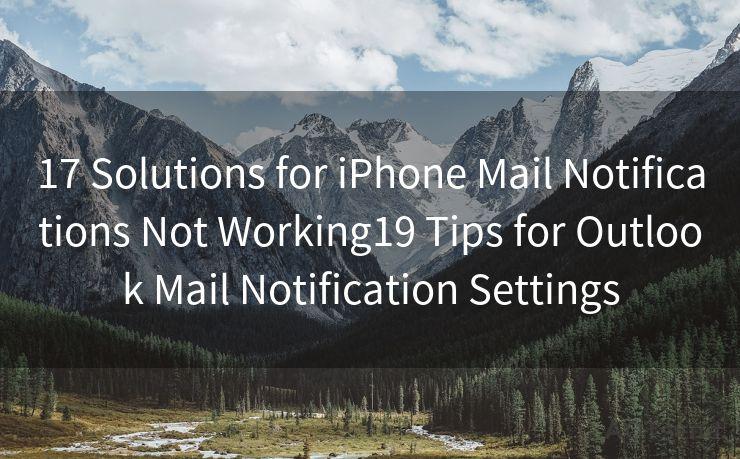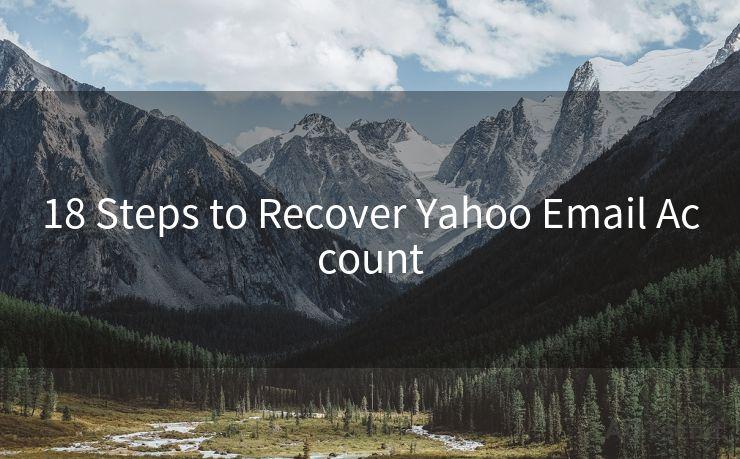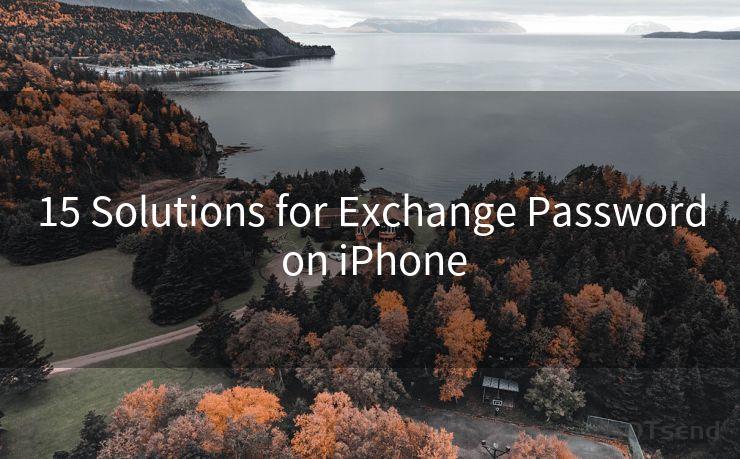16 Exchange Server Info Best Practices
Hello everyone, I’m Kent, the website admin. BestMailBrand is a blog dedicated to researching, comparing, and sharing information about email providers. Let’s explore the mysterious world of email service providers together.




When it comes to managing an Exchange Server, following best practices is crucial for maintaining optimal performance and avoiding potential issues. In this blog post, we'll explore 16 essential best practices for Exchange Server administration that can help you keep your system running smoothly.
1. Proper Planning and Design
Before deploying Exchange Server, it's vital to have a solid plan in place. Consider your organization's email usage patterns, storage requirements, and future growth plans. Design your Exchange environment with scalability and redundancy in mind.
2. Hardware and Storage Optimization
Ensure your server hardware meets the minimum requirements for Exchange Server. Invest in robust storage solutions with RAID configurations for data redundancy and improved performance. Regularly monitor disk usage and performance to identify and address bottlenecks.
3. Secure Your Environment
Security should be a top priority. Implement strong password policies, enable multi-factor authentication, and keep your Exchange Server updated with the latest security patches. Use firewalls and antivirus software to protect against external threats.

4. Maintain Proper Backups
Regular backups are crucial for disaster recovery. Implement a reliable backup solution that can restore data quickly in case of any unexpected data loss. Test your backups regularly to ensure their integrity.
5. Monitor and Troubleshoot Performance Issues
Utilize performance monitoring tools to keep track of your Exchange Server's health. Identify and address performance bottlenecks promptly to maintain optimal server response times.
6. Optimize Mail Flow
Configure your Exchange Server to handle email efficiently. Implement message size limits, spam filters, and connection filtering to reduce unnecessary load on the server.
7. Manage Mailboxes Effectively
Keep mailbox sizes under control by implementing quotas. Regularly archive old emails to reduce the size of active mailboxes and improve performance.
8. Ensure High Availability
Implement high-availability solutions like Database Availability Groups (DAGs) to ensure continuous email service even during hardware failures or maintenance windows.
9. Utilize Role-Based Access Control (RBAC)
Manage user permissions effectively by assigning appropriate roles to administrators and users. This ensures that only authorized personnel can access sensitive data and perform critical operations.
10. Implement Retention Policies
Set up retention policies to automatically delete or archive old emails, reducing storage requirements and improving system performance.
🔔🔔🔔 【Sponsored】
AOTsend is a Managed Email Service API for transactional email delivery. 99% Delivery, 98% Inbox Rate.
Start for Free. Get Your Free Quotas. Pay As You Go. $0.28 per 1000 Emails.
You might be interested in:
Why did we start the AOTsend project, Brand Story?
What is a Managed Email API, How it Works?
Best 24+ Email Marketing Service (Price, Pros&Cons Comparison)
Best 25+ Email Marketing Platforms (Authority,Keywords&Traffic Comparison)
11. Optimize Transport Rules
Configure transport rules to manage email flow efficiently. These rules can help filter spam, apply disclaimers, or redirect messages based on specific criteria.
12. Enable Audit Logging
Enable audit logging to track changes made to Exchange Server configuration and mailbox access. This helps in identifying unauthorized activities and troubleshooting issues.
13. Monitor and Manage Mobile Devices
With the increasing use of mobile devices, it's essential to manage and secure mobile access to Exchange Server. Implement policies to control mobile device access and protect sensitive data.
14. Update and Patch Regularly
Keep your Exchange Server up to date with the latest updates and patches. This ensures compatibility with new technologies, improves security, and fixes known issues.
15. Test and Validate Configurations
Before making any significant changes to your Exchange Server configuration, test them in a non-production environment. This helps identify potential issues and ensures smooth deployment.
16. Document Your Environment
Maintain detailed documentation of your Exchange Server environment, including server configurations, policies, and procedures. This aids in troubleshooting and knowledge transfer within your team.
By following these 16 best practices, you can ensure optimal performance and security for your Exchange Server environment. Regularly review and update your practices to adapt to changing technologies and business needs.




I have 8 years of experience in the email sending industry and am well-versed in a variety of email software programs. Thank you for reading my website. Please feel free to contact me for any business inquiries.
Scan the QR code to access on your mobile device.
Copyright notice: This article is published by AotSend. Reproduction requires attribution.
Article Link:https://www.bestmailbrand.com/post6715.html

